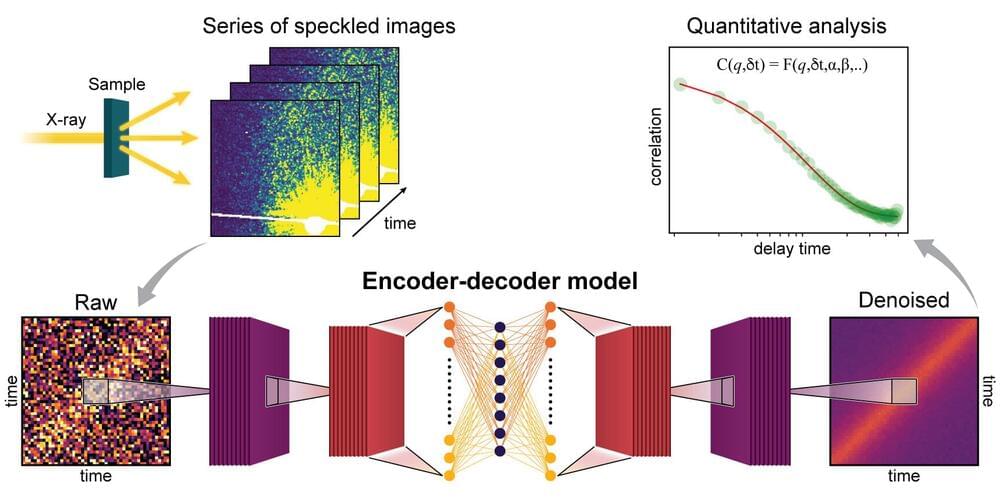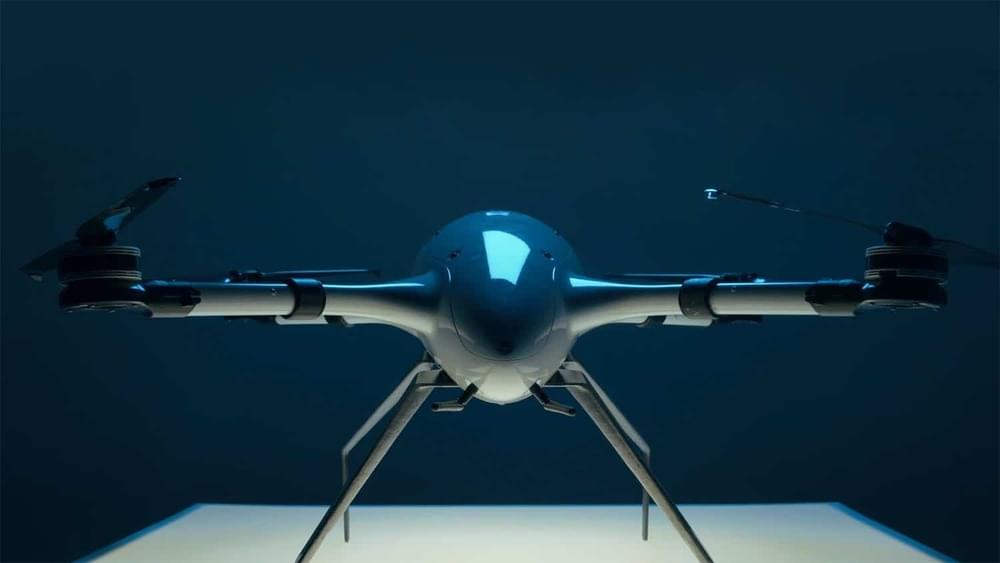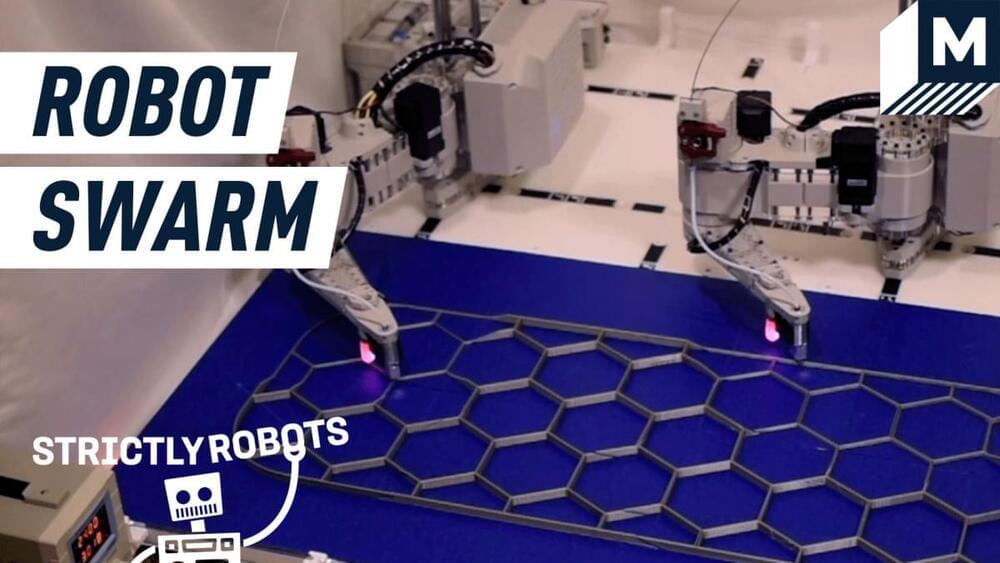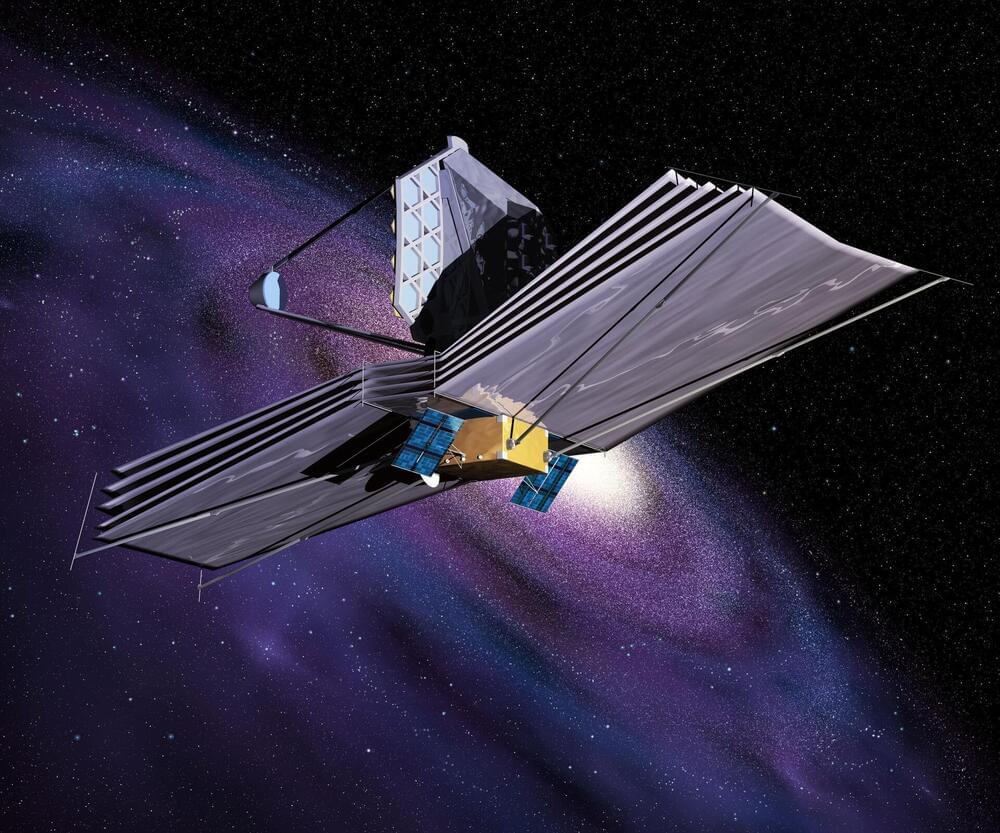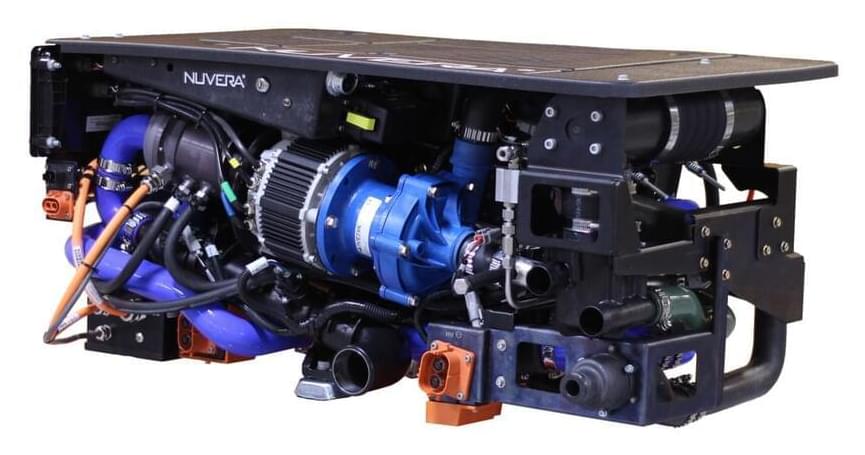Apr 18, 2022
Assessing physical realism experimentally in a quantum-regulated device
Posted by Shubham Ghosh Roy in categories: particle physics, quantum physics
In a new report now published in Nature Communications Physics, Pedro R. Dieguez and an international team of scientists in quantum technologies, functional quantum systems and quantum physics, developed a new framework of operational criterion for physical reality. This attempt facilitated their understanding of a quantum system directly via the quantum state at each instance of time. During the work, the team established a link between the output visibility and elements of reality within an interferometer. The team provided an experimental proof-of-principle for a two-spin-½ system in an interferometric setup within a nuclear magnetic resonance platform. The outcomes validated Bohr’s original formulation of the complementarity principle.
Physics according to Niels Bohr
Bohr’s complementarity principle states that matter and radiation can be submitted to a unifying framework where either element can behave as a wave or a particle, based on the experimental setup. According to Bohr’s natural philosophy, the nature of individuality of quantum systems is discussed relative to the definite arrangement of whole experiments. Almost a decade ago, physicists designed a quantum delayed choice experiment (QDCE), with a beam splitter in spatial quantum superposition to render the interferometer to have a “closed + open” configuration, while the system represented a hybrid “wave + particle” state. Researchers had previously coupled a target system to a quantum regulator and tested these ideas to show how photons can exhibit wave-like or particle-like behaviors depending on the experimental technique used to measure them.
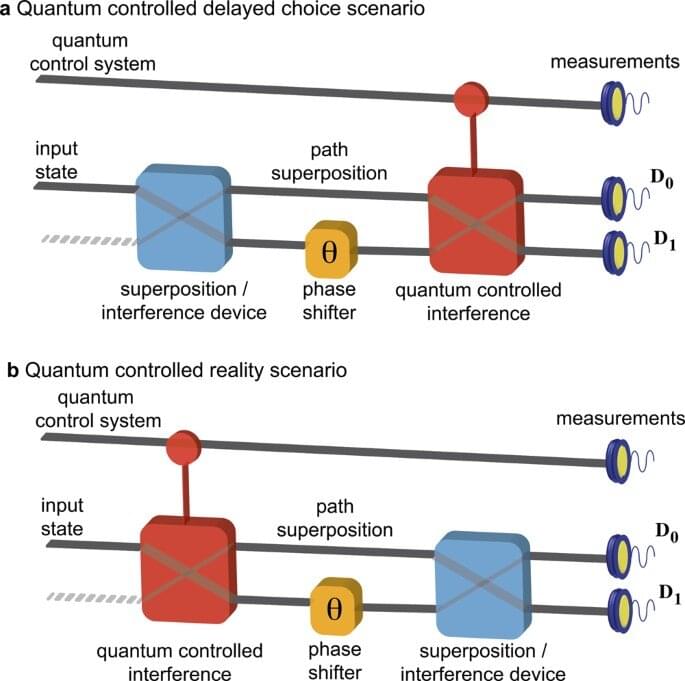
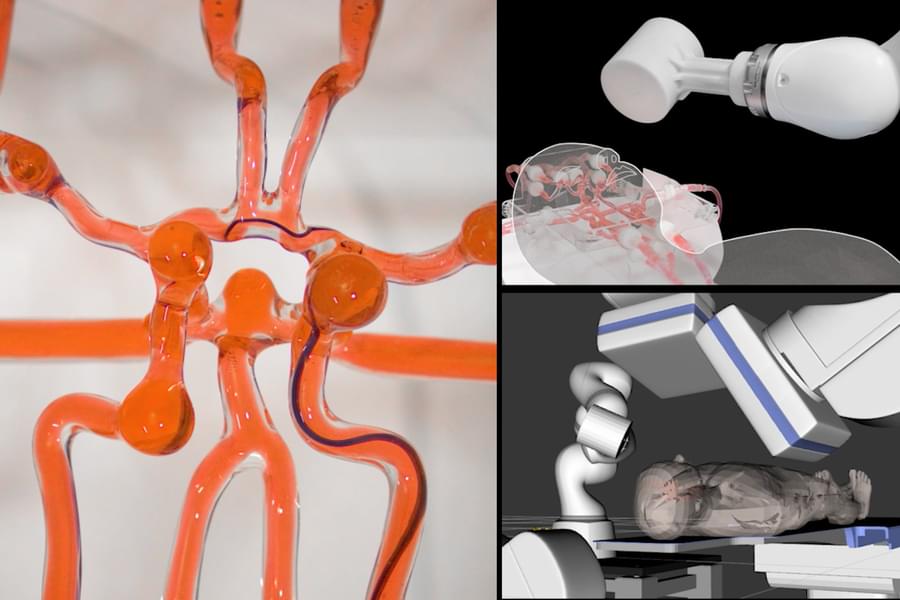
 The SENS Research Foundation Board of Directors has a singular focus – to help the Foundation develop, promote, and ensure widespread access to therapies that cure and prevent the diseases and disabilities of aging. As the body responsible for ensuring the organization’s alignment with its mission, it is important our Board comprise leaders within the longevity field – visionaries dedicated to defeating the effects of aging permanently.
The SENS Research Foundation Board of Directors has a singular focus – to help the Foundation develop, promote, and ensure widespread access to therapies that cure and prevent the diseases and disabilities of aging. As the body responsible for ensuring the organization’s alignment with its mission, it is important our Board comprise leaders within the longevity field – visionaries dedicated to defeating the effects of aging permanently.